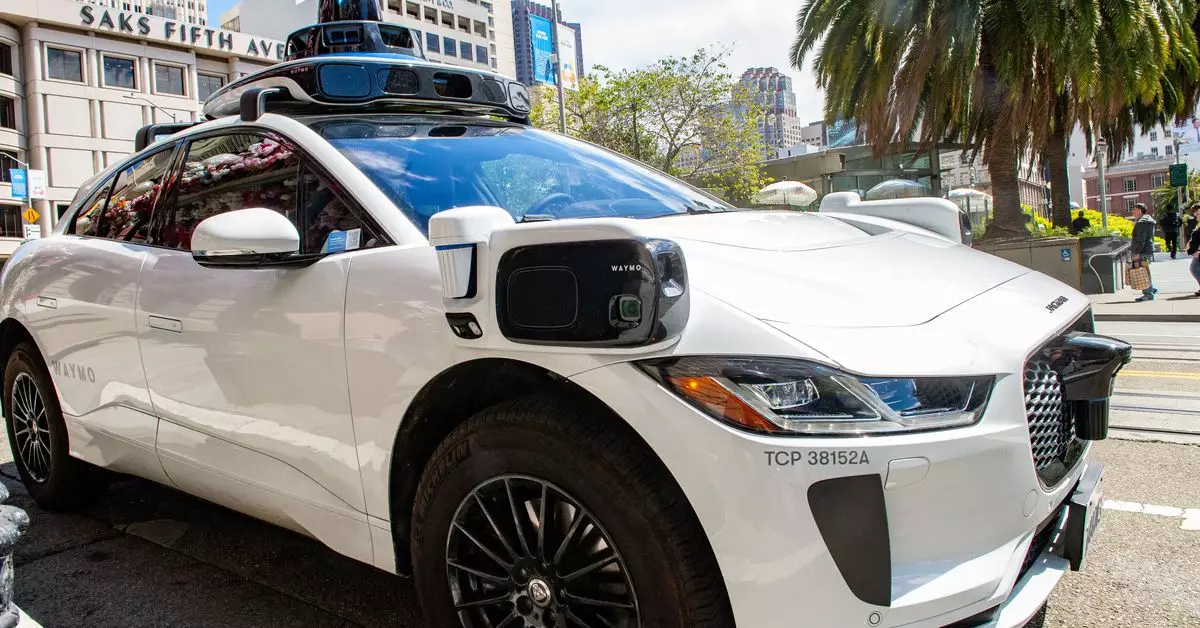Waymo, the self-driving robotaxi company, has recently announced an expansion of its service areas in both San Francisco and Los Angeles. In San Francisco, Waymo now covers Daly City, Broadmoor, and Colma, adding an additional 10 square miles to its service area, totaling 55 square miles. The company has eliminated its waiting list in San Francisco, allowing anyone within the service area who has downloaded the Waymo One app to access its 24/7 robotaxi service. On the other hand, in Los Angeles, Waymo is extending its service to new neighborhoods such as Marina del Rey, Mar Vista, Playa Vista, Hollywood, Chinatown, and Westwood. This expansion marks a significant step for Waymo as it aims to attract more customers and prove its ability to grow rapidly in each city it operates.
While the growth of Waymo’s service areas in San Francisco and Los Angeles is a positive development for the company, it also presents challenges and opportunities. Unlike human-operated ride-hailing services like Uber and Lyft, Waymo operates with certain geographic limitations, focusing on specific cities and areas. This targeted approach allows Waymo to showcase its technology and build confidence in its driverless vehicles. The recent $5 billion commitment from parent company Alphabet further strengthens Waymo’s position and provides resources for future growth. However, the company’s financial performance remains unclear, with Alphabet’s “Other Bets” unit, including Waymo, reporting both revenue growth and widening losses. This raises questions about the sustainability and profitability of Waymo’s business model.
One notable omission from Waymo’s service area expansion in San Francisco and Los Angeles is airports. While the company has been offering airport trips at Phoenix Sky Harbor Airport since late 2022, it has yet to introduce its driverless vehicles at major airports like SFO and LAX. Airport trips represent a lucrative opportunity for robotaxi services, accounting for a significant portion of human-driven ride-hail car trips. However, airports present unique challenges for autonomous vehicles, including regulatory hurdles and complex environments. Waymo’s discussions with SFO to initiate non-commercial mapping and driving operations with a human driver signal potential progress in addressing these challenges. Convincing regulators and stakeholders of the safety and reliability of driverless vehicles in airport settings will be crucial for Waymo’s long-term success.
Waymo’s expansion of service areas in San Francisco and Los Angeles demonstrates the company’s commitment to growth and innovation in the autonomous vehicle industry. By expanding into new neighborhoods and territories, Waymo is positioning itself as a leading player in the self-driving mobility sector. However, challenges such as financial performance and regulatory approval for airport operations remain key areas of focus for the company. With the support of Alphabet and a strong foundation in driverless technology, Waymo has the potential to revolutionize transportation and redefine the future of mobility.


Leave a Reply